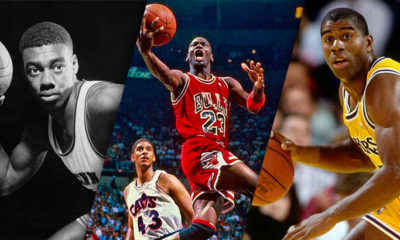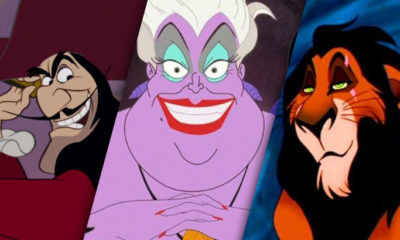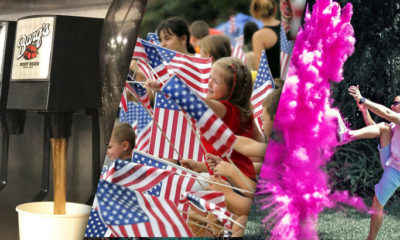TRENDING
Prohibitions Most Notorious Gangsters
Published
6 years agoon
Out Gunned

Benjamin “Bugsy” Siegal

“Big” Paul Castellano

Ralph “Bottles” Capone

Al Capone (Going To Court)

Al Capone (In Court)

Al Capone (Leaving Court)

Al Capone (On His Yacht)

Cracking Capone’s Safe

Charles “Lucky” Luciano

Girl Bandits

Clarence Darrow

Thrill Killers

Edward Dalton & De Gracy

“Diamond” Joe Esposito

John Dillinger (With Prosecutor)

John Dillinger (First National Bank Trial)

John Dillinger (In Court)

Dutch Schultz

Otille “Tillie” Klimek’s Husbands

Frank Carbo

Frank “The Prime Minister” Costello

George Francis Barnes Jr. “Machine Gun Kelly”

George “Bugs” Moran

George McManus

Henry Hill Jr.

Jack “Machine Gun” McGurn

“Crazy” Joe Gallo

Joseph Michael “Joe Cargo” Valachi

Meyer Harris “Mickey” Cohen (pictured on right)

Mary Wazeniak “Moonshine Mary”

James Morelli

Joseph “Polack Joe” Saltis

Salvatore “Mooney Sam” Giancana

William Jack “Three Fingers” White

Vito “Don Vito” Genovese

Walter Smith

William Moore

Albert “Mad Hatter” Anastasia

Frank “The Enforcer” Nitti

Meyer Lanskey

Phillip Mangano

More From Auto Overload
-


The Greatest NBA Players Of All Time – Ranked
-


An Isolated Look Inside North Korea
-


Richest Black People In The World
-


Perfectly Timed Moments When It All Went Wrong
-


Popular Brands That Aren’t American
-


The Wealthiest Heiresses Live Truly Enviable Lives
-


Amazing Nail Hacks For Perfect Manicures
-


Rare Historical Vietnam War Photos
-


Most Iconic Disney Villains of All Time
-


Obama’s Post Presidency Adventures
-


Celebrities Who Came From Nothing
-


Things Only Americans Think Are Normal

